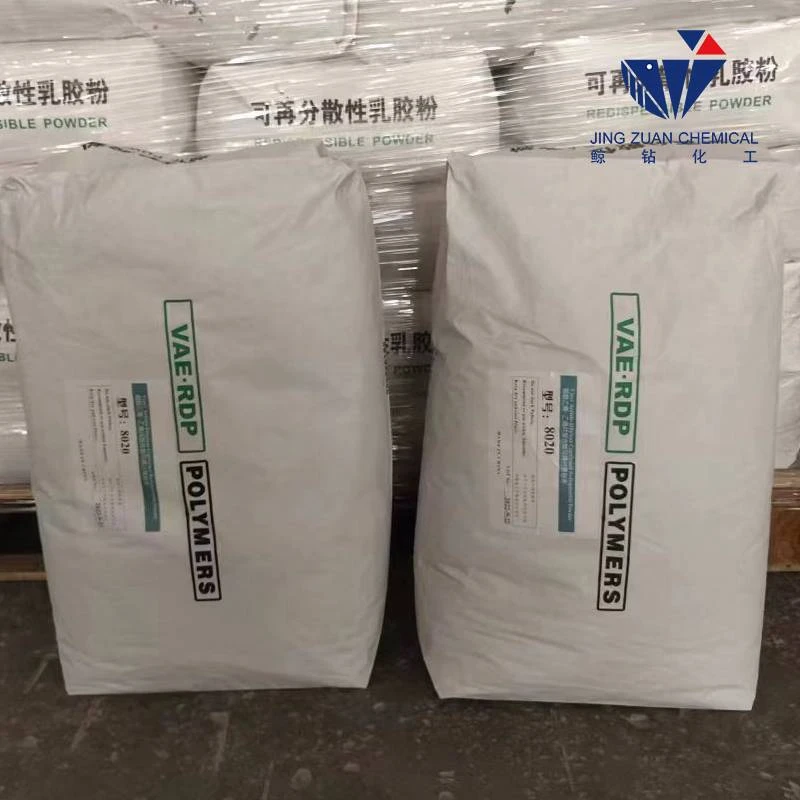
নভে. . 10, 2024 03:17 Back to list
Applications and Benefits of Hydroxypropyl Methyl Cellulose in Various Industries
The Versatility and Applications of Hydroxypropyl Methyl Cellulose (HPMC)
Hydroxypropyl methyl cellulose (HPMC) is a cellulose derivative that has gained significant attention in various industries due to its versatile properties. As a non-ionic, water-soluble polymer, HPMC is primarily used as a thickening agent, film former, and stabilizer, making it an essential ingredient in numerous applications. Its unique features not only enhance product performance but also improve user experience across various fields, including pharmaceuticals, food, construction, and cosmetics.
The Versatility and Applications of Hydroxypropyl Methyl Cellulose (HPMC)
Beyond pharmaceuticals, HPMC finds extensive use in the food industry. It acts as a thickening and stabilizing agent in various food products, providing desirable textures and mouthfeel without adding any calories. HPMC is often incorporated into gluten-free baking products, aiding in moisture retention and improving the overall sensory attributes of baked items. Its gelling and emulsifying properties also contribute to the stabilization of sauces, dressings, and dairy products. Additionally, HPMC is used in the production of dietary supplements, aiding in the formulation of capsules and tablets.
hpmc hydroxypropyl methyl cellulose

In the construction sector, HPMC plays a pivotal role as an additive in cement and plaster formulations. It enhances workability, allowing for a smoother application process. When mixed with water, HPMC creates a viscous solution that improves the ease of handling and spreading. This property is particularly important in tile adhesives and grouts, where a smooth consistency is essential for proper adhesion and finish. Furthermore, HPMC's water-retention capabilities contribute to longer open times, enabling contractors to work more flexibly without compromising the quality of their work.
The cosmetic and personal care industry also benefits from the inclusion of HPMC in various formulations. Its ability to function as a thickener and emulsifier allows for the development of lotions, creams, and gels with improved texture and stability. In hair care products, HPMC is used as a film-forming agent, providing hold and shine while preventing moisture loss. It is also incorporated into makeup products to improve consistency and application, creating a smoother glide on the skin.
HPMC's versatility is also reflected in its eco-friendly profile. Being derived from natural cellulose, it is biodegradable and poses fewer environmental risks compared to synthetic polymers. This aligns with the growing consumer demand for sustainable and environmentally friendly products. Manufacturers increasingly seek out HPMC as a greener alternative, making it a favored choice across various sectors.
In summary, hydroxypropyl methyl cellulose (HPMC) is a remarkable polymer with a wide range of applications across multiple industries. Its unique properties make it an indispensable ingredient in pharmaceuticals, food, construction, and cosmetics. As industries continue to evolve towards sustainability, the demand for HPMC as a biodegradable alternative is expected to rise further. This trend underlines the importance of HPMC as not just a functional ingredient but also as a crucial component in the development of innovative, eco-conscious products that meet modern consumer needs. Whether enhancing drug delivery, improving food textures, facilitating construction processes, or providing superior cosmetic formulations, HPMC proves to be an essential compound in our daily lives.
-
Unlocking the Benefits of HPMC Products: A Gateway to Versatile Applications
NewsAug.07,2025
-
Unleashing the Potential of HPMC Ashland: A Comprehensive Look
NewsAug.07,2025
-
Tile Bonding Cellulose: The Key to Superior Adhesion and Durability
NewsAug.07,2025
-
Hydroxypropyl Methylcellulose Powder: The Versatile Component in Modern Pharmaceuticals
NewsAug.07,2025
-
Hydroxyethyl Cellulose: The Versatile Solution for Various Industries
NewsAug.07,2025
-
Hydroxyethyl Cellulose (HEC): The Versatile Polymer for Various Applications
NewsAug.07,2025







